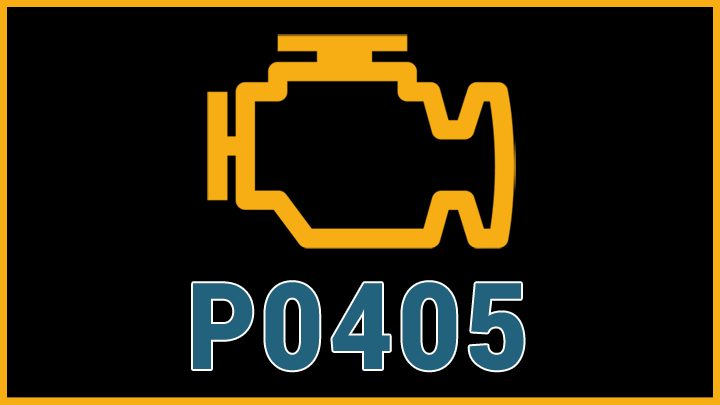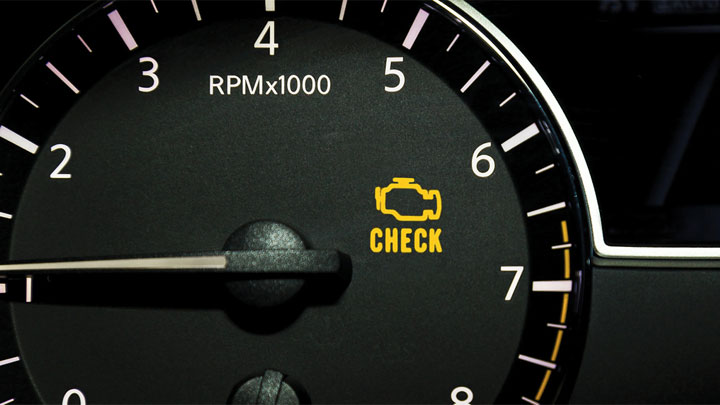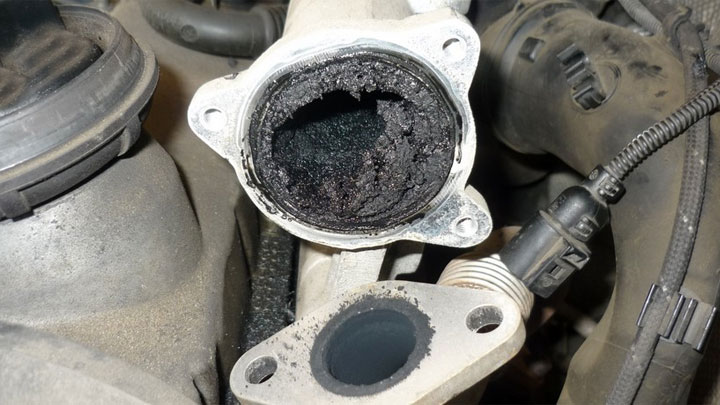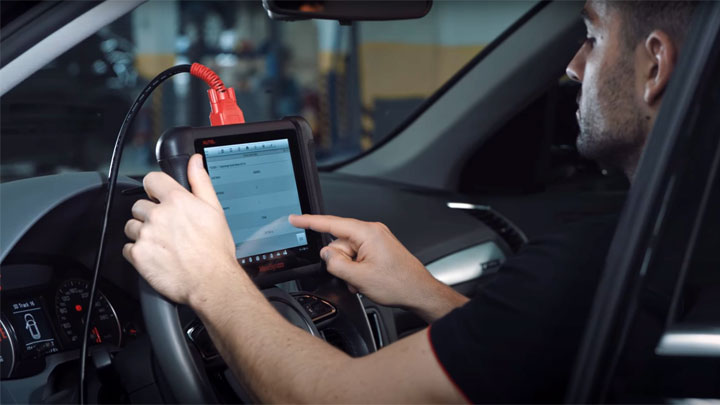P0405 Code (Symptoms, Causes, and How to Fix)
In the 1970s, new emissions standards forced automakers to reduce carbon footprints. But the required new emissions components were prone to failure. Luckily, onboard diagnostics detect issues, setting trouble codes like the common P0405.
Specifically, a P0405 code indicates a problem in the EGR circuit, which affects exhaust output. Read on to learn the specific causes of a P0405 code, how serious it is, and how to properly diagnose and fix it.

What Does Code P0405 Mean?
Diagnostic trouble code P0405 is indicative of a fault within a vehicle’s EGR (exhaust gas recirculation) sensor A circuit. To be more precise, this code corresponds to the presence of low feedback voltage from the EGR position sensor itself.
To better understand this condition, one must first familiarize themselves with basic EGR valve operation.
Today’s vehicles feature an EGR valve, which recirculates exhaust gasses into an engine’s combustion chambers under certain operating conditions. This valve is PCM controlled and is capable of opening and closing upon demand.
This prevents the reintroduction of exhaust gasses into an engine during less than ideal times, such as at start-up. The exact position of the EGR valve is relayed to the PCM via a specified signal voltage.
In the case of diagnostic trouble code P0405, the vehicle in question’s PCM has determined that the EGR position sensor feedback voltage is below its anticipated threshold. This, in turn, leads to the storage of a P0405 fault code, and the illumination of a vehicle’s check engine light.
See Also: P0400, P0401, P0402, P0403, P0404
Symptoms of Code P0405

It is not uncommon for a vehicle to exhibit a check engine light, and P0405 fault code, without the presence of any additional symptoms. However, this is not the case in every situation, as certain cars, trucks, and SUVs do exhibit one or more driveability-related symptoms, in conjunction with DTC P0405.
The following are several of the most common symptoms associated with DTC P0405.
- Check engine light
- Reduced engine power
- Lowered fuel economy
- Engine pinging under acceleration
Causes of Code P0405

Diagnostic trouble code P0405 can be caused by a number of underlying conditions, some of which are more severe in nature than others. Understanding each of these possible causes can prove valuable when attempting to diagnose and repair such a fault condition.
The following are several of the most common causes of diagnostic trouble code P0405.
- Faulty or carbon-fouled EGR valve
- Short to power/ground in one or more EGR circuits
- PCM calibration-related issues
- Inoperable EGR position sensor
- Lack of EGR vacuum
- Faulty DPFE sensor
Is Code P0405 Serious?
In the majority of cases, diagnostic trouble code P0405 is viewed as being moderately serious in nature. In certain instances, the presence of this fault can cause one or more driveability-related issues, such as a reduction in engine power or stalling. This proves to be not only a hindrance in terms of convenience but also a potential safety issue as well.
Additionally, the presence of a P0405 diagnostic trouble code will prove problematic in states, counties, or provinces that require regular emissions testing. A code of this nature itself generally disqualifies a vehicle during such testing and leads to an overall increase in noxious exhaust output.
In any event, the root cause of diagnostic trouble code P0405 should be diagnosed and repaired at the first available opportunity. Doing so will prevent further issues in the future, and ensure that your vehicle is operating at peak performance.
If you do not feel comfortable handling such repairs yourself, you should contact a local mechanic or service center at your earliest convenience.
How to Fix Code P0405

The following steps will assist you in diagnosing and remedying the root cause of your vehicle’s P0405 diagnostic trouble code. As always, be sure to consult a factory-specific service manual for your particular model of vehicle, before tackling any such repairs.
#1 – Check For Additional DTCs
Before beginning the diagnostic process, be sure to check for the presence of additional diagnostic trouble codes. Any codes that are uncovered should be thoroughly diagnosed and remedied before proceeding to step #2.
#2 – Visually Inspect EGR Valve
Begin by performing a thorough visual inspection of your vehicle’s EGR valve, and related wiring pigtail. Check to ensure that all wires are in satisfactory condition and that the EGR valve’s wiring connector is firmly latched in place.
Alternatively, if the vehicle in question features a vacuum-actuated EGR valve, inspect all connecting vacuum hoses for signs of deterioration. Make any necessary repairs.
#3 – Command EGR Valve Open
With the use of a bi-directional scan tool, command your vehicle’s EGR valve to the “open” position. This should be reflected by a fluctuation in the engine’s EGR position sensor reading.
In the “open” position, this sensor should read 100%. If no change in EGR position is noted, continue to step #4.
#4 – Check Reference Circuit Voltage
With the use of a multimeter, check for the presence of 5-volts at the EGR valve’s reference wire with the vehicle’s ignition in the “on” position.
If 5-volts is not observed, check to see if the circuit in question is shorted-to-ground or open. If so, repair the underlying fault and retest.
#5 – Jump Reference Voltage
With 5-volts present on the EGR circuit’s reference wire, jump this voltage to the signal wire of the same affected circuit. The EGR position sensor should now provide a 100% reading.
If this is not the case, check for the presence of a ground or “open” condition within the EGR valve’s signal circuit. Repair all deficiencies that are uncovered. However, a satisfactory reading during this test will necessitate EGR valve replacement.
- P0480 Code (Symptoms, Causes, and How to Fix) - Apr 19, 2024
- Car Temperature Gauge Stopped Working? (Here’s Why) - Apr 15, 2024
- Ignition Coil vs Coil Pack (What’s the Difference?) - Apr 8, 2024

Many thanks!
how much does it cost to replace pcv on a 2001 s40 volvo please
Should be fairly cheap, around $200 or less if the PCV is easy to access. Call around your area for a few quotes.